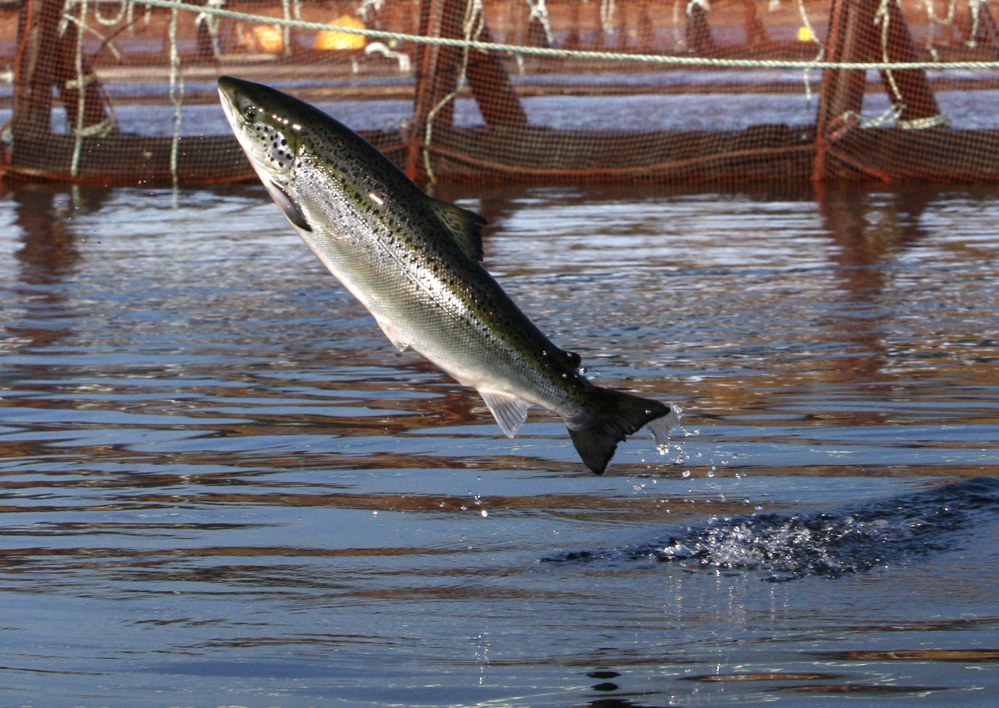ST. ANDREWS, New Brunswick — Salmon have a lousy problem, and the race to solve it is spanning the globe.
A surge of parasitic sea lice is disrupting salmon farms around the world. The tiny lice attach themselves to salmon, killing or rendering them unsuitable for dinner tables.
Meanwhile, wholesale prices of salmon are way up, as high as 50 percent last year. That means higher consumer prices for everything from salmon fillets and steaks to more expensive lox on bagels.
The lice are actually tiny crustaceans that have infested salmon farms in the U.S., Canada, Scotland, Norway and Chile, major suppliers of the high-protein, heart-healthy fish. Scientists and fish farmers are working on new ways to control the pests, which Fish Farmer Magazine stated last year costs the global aquaculture industry about $1 billion annually.
So far it has been an uphill struggle that is a threat to a way of life in countries where salmon farming is a part of the culture.
“Our work has to be quicker than the evolution of the lice,” said Jake Elliott, vice president of Cooke Aquaculture in Blacks Harbour, New Brunswick.
Experts say defeating the lice will take a suite of new and established technology, including older management tools such as pesticides and newer strategies such as breeding for genetic resistance. The innovative solutions in use or development include bathing the salmon in warm water to remove lice and zapping the lice with underwater lasers.
Farmers worldwide consider sea lice the biggest threat to their industry and say the problem makes the fish more expensive to consumers.
Farmed salmon was worth nearly $12 billion in 2015, according to the Food and Agriculture Organization of the United Nations.
The only hope is to develop new methods to control the spread of lice, which are present in the wild, but thrive in the tightly packed ocean pens for fish farming, said Shawn Robinson, a scientist with the Canadian Department of Fisheries and Oceans.
“There are not enough tools right now to allow the farmer to really effectively deal with it,” Robinson said.
Research about farming salmon along with mussels, which researchers have found will eat larval sea lice, is underway.
Underwater drones inhabit the other end of the technological spectrum, zapping lice with lasers to kill them. That technology was developed in Norway and has been used there and in Scotland.
Send questions/comments to the editors.






